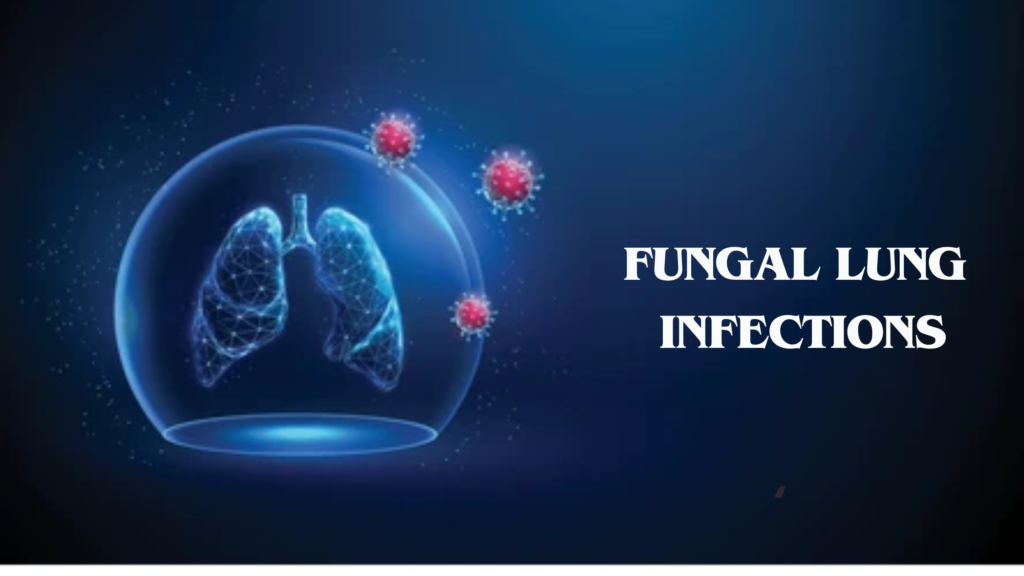🍄 Fungal Lung Infections – Overview
Fungal infections of the lungs occur when fungal spores are inhaled and cause infection, especially in people with weakened immune systems or pre-existing lung conditions. Some fungi are more likely to cause disease in healthy people, while others mainly affect immunocompromised individuals.
🧫 Common Types of Fungal Lung Infections
| Fungus | Disease Name | Who It Affects | Key Features |
|---|---|---|---|
| Histoplasma capsulatum | Histoplasmosis | People exposed to bird/bat droppings (often in Ohio/Mississippi river valleys) | Flu-like symptoms, chronic lung disease possible |
| Coccidioides immitis/posadasii | Coccidioidomycosis (Valley Fever) | Southwest US, Mexico | Fever, cough, fatigue, sometimes rash or joint pain |
| Blastomyces dermatitidis | Blastomycosis | Areas around Great Lakes, Mississippi River | Pneumonia-like symptoms, skin and bone involvement possible |
| Aspergillus species | Aspergillosis | Immunocompromised, people with lung diseases | Allergic reactions, chronic infection, invasive disease |
| Cryptococcus neoformans | Cryptococcosis | Mainly immunocompromised (HIV/AIDS) | Lung infection, can spread to brain causing meningitis |
| Pneumocystis jirovecii | Pneumocystis pneumonia (PCP) | Immunocompromised (e.g., HIV/AIDS) | Severe pneumonia, life-threatening |
📋 Symptoms
- Cough (may be dry or produce sputum)
- Shortness of breath
- Fever and chills
- Chest pain
- Fatigue and weight loss
- Night sweats
- In some fungal infections (like aspergillosis), allergic symptoms or hemoptysis (coughing blood)
🩺 Diagnosis
- Chest X-ray or CT scan: May show nodules, infiltrates, or cavities
- Sputum culture and microscopy
- Blood tests (antigen or antibody tests for specific fungi)
- Biopsy (rarely, for definitive diagnosis)
- Bronchoscopy with lavage or biopsy in some cases
💊 Treatment
- Antifungal medications depending on the fungus:
- Itraconazole, fluconazole, voriconazole (common oral antifungals)
- Amphotericin B (for severe or invasive infections)
- Trimethoprim-sulfamethoxazole (for Pneumocystis pneumonia)
- Treatment duration varies from weeks to months.
- Supportive care like oxygen or hospitalization if severe.
🛡️ Prevention
- Avoid exposure to high-risk environments (bird/bat droppings, dusty soil)
- Use masks if exposed to dust or spores
- Prophylactic antifungals in high-risk immunocompromised patients
- Proper management of underlying diseases and immune status
